Tending to Anxiety in Children
Ellie: When I was little, I saw someone on television sinking in sand and asked my mom what was happening. She explained quicksand to me. My imagination took over, and I was overcome with fear. What a horrible way to die, I thought. My inner peace was off kilter. Each night during bedtime prayers, I’d pray to not get stuck in quicksand. My mom assured me there was no quicksand in Minnesota, but it took a while to be able to approach a sandbox without feeling my chest tightening.
I thought of my quicksand phase the other day when my four-year-old asked a series of questions about robbers, thieves, and crooks during bedtime. A library book presented the idea of burglary to him, and he had serious questions about the safety of our house and our family during the night. This same day he had preciously reminded me of his age and level of understanding when had asked me, “Momma, is the future a different world or a spice?”
I tried to validate his fear of robbers without feeding it. I listened carefully to what he was asking and what was behind the questions. We talked through the library book and pointed out differences in our reality. I reassured him that he was safe, reminded him we were in the next room, and gave him extra snuggles.

You’ve Got Dragons
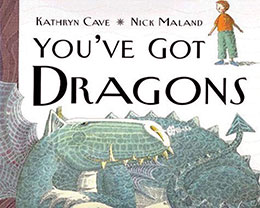 You’ve Got Dragons by Kathryn Cave and illustrated by Nick Maland is a story about a boy named Ben who worries came in the form of dragons. The dragons show up when you least expect them, and they are scary. Dragons make your heart thud; your knees shake and your tummy ache. You can pretend they are not there, or pretend they are something else, which is exhausting, but they are always there. Some adults don’t understand, and other adults want to talk about their dragons instead of listening. An expert on dragons, Ben reminds us to talk to someone about our dragons, name them, laugh with them and get lots of hugs. In the end, we can learn from our dragons, trusting that they don’t mean us harm. Ultimately, the dragons are not as powerful as we are.
You’ve Got Dragons by Kathryn Cave and illustrated by Nick Maland is a story about a boy named Ben who worries came in the form of dragons. The dragons show up when you least expect them, and they are scary. Dragons make your heart thud; your knees shake and your tummy ache. You can pretend they are not there, or pretend they are something else, which is exhausting, but they are always there. Some adults don’t understand, and other adults want to talk about their dragons instead of listening. An expert on dragons, Ben reminds us to talk to someone about our dragons, name them, laugh with them and get lots of hugs. In the end, we can learn from our dragons, trusting that they don’t mean us harm. Ultimately, the dragons are not as powerful as we are.
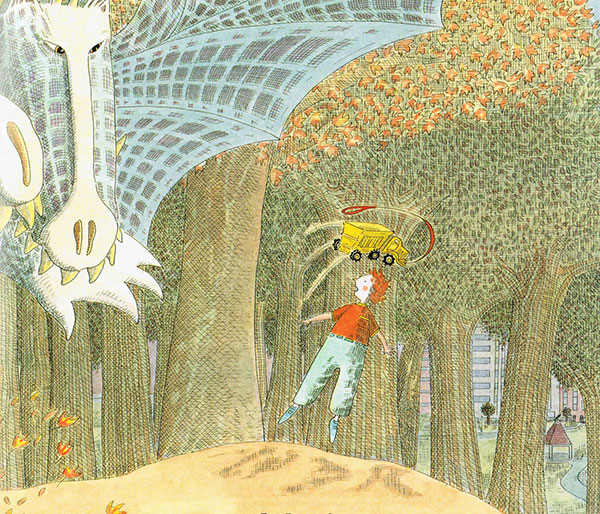
written by Kathryn Cave, published by Peachtree Publishing
This book, if processed well with kids, can be an empowering relief for children who live with worries. It is a tool to promote inner peace. It names how things like trauma, insecurity and anxiety manifest themselves in our bodies and also offers effective coping strategies we can all learn. The illustrations are realistically daunting without being overwhelming. And Ben assures us that dragons do not stay forever.
Digging Deeper: Dispelling Shame
It can be easy to dismiss the worries of a child, but to that child, they may feel consuming. When we do not name and talk about our anxieties, or when we do share them and they are discounted, shame around them can grow. I remember the first time I went to see the school counselor in high school, I was ashamed. I felt like my anxieties were not big enough or real enough to be sitting in a counselor’s office. He sat and listened for a long time. The first thing he said was, “Wow. That must be really hard.” The shame lifted immediately. I was able to admit that yes, what I was going through felt hard. Tending to it and fostering inner peace was worth my time.
Brené Brown, in her TED talk on listening to shame, says we have to talk about shame. Everything she learned about vulnerability, creativity, courage and innovation came from studying shame. Shame tells us that we are bad. That we are a mistake. That we aren’t good enough. That somehow we deserve the dragons and that they are never going away. My friend’s therapist had her name her shame gremlin and draw it to externalize it. Now when she is feeling shame about her worries, she can point to her shame gremlin and call it out, which reminds her she is more powerful, and it too will not stay forever.
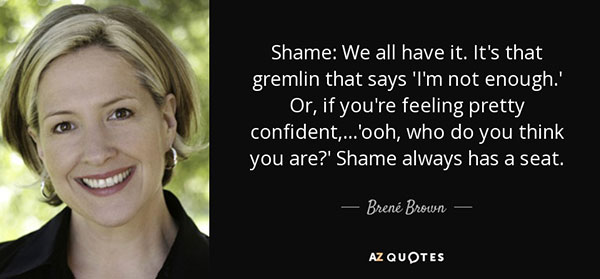
Tending to the Body
Resmaa Menakem, a trauma therapist, loosely explains trauma as something that happens to your body that feels like too much too fast too often until the system is overwhelmed and there is not enough room to process. In healing, then, we create room for that body processing to happen. Animals will often shake when they get hurt, but humans tend to freeze and get more rigid.
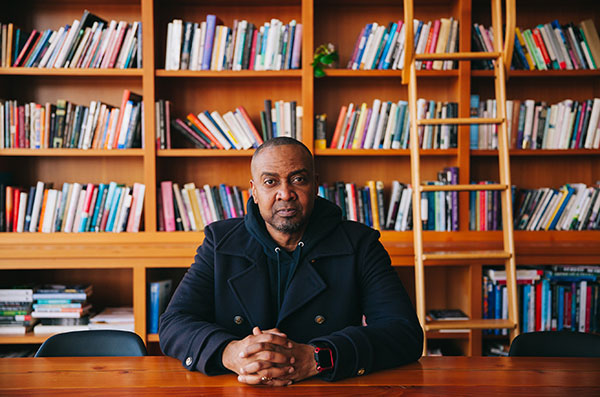
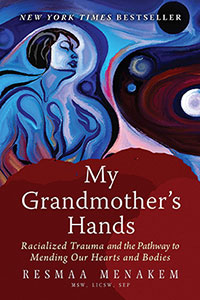 In his book, My Grandmother’s Hands, Menakem recommends starting in a safe place alone, engaging in ancient soothing activities to settle our bodies when we notice a stress response that feels like fight, flight or freeze. These are things children often do naturally, as do parents with babies:
In his book, My Grandmother’s Hands, Menakem recommends starting in a safe place alone, engaging in ancient soothing activities to settle our bodies when we notice a stress response that feels like fight, flight or freeze. These are things children often do naturally, as do parents with babies:
- Humming
- Belly Breathing
- Buzzing
- Slow Rocking
- Rubbing Your Belly
- Chanting
- Singing
We can model these self-soothing activities and help young people explore which feel intuitive to them when the dragons show up.
Naming emotions reduces anxiety. It is so important to validate the worries of children without dismissing them or feeding them. By listening closely to children about their fears and anxieties, and offering them tools to soothe and cope, to live with the dragons until they go away. We can also remember to be kind in tender to ourselves in our worries. When we tame our dragons, we can grow inner peace for ourselves and extend peace to others.
_________________________
For each Peace-ology post, Caren and Ellie partner to learn and explore the meaning of peace by talking and listening with each other. If you’d like to share your ideas about peace, books, and children, please share your comments here, or visit our websites.
